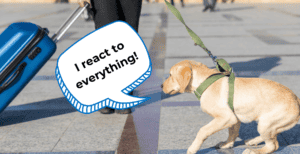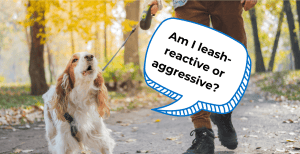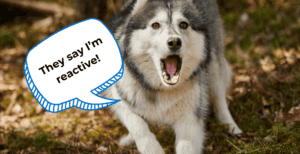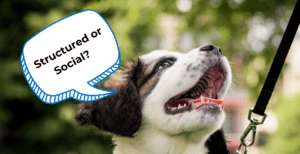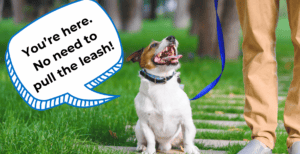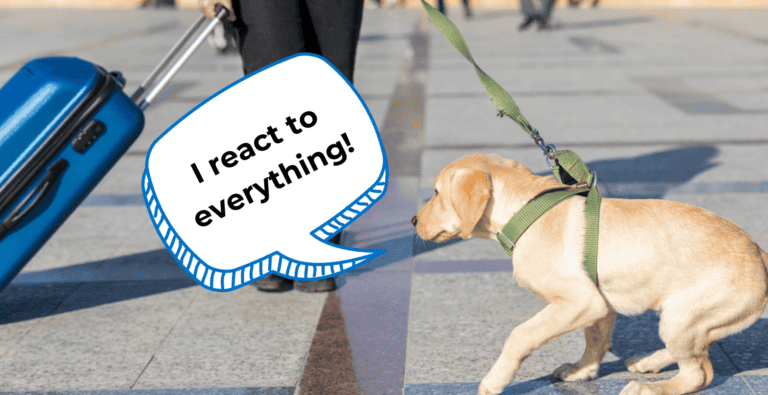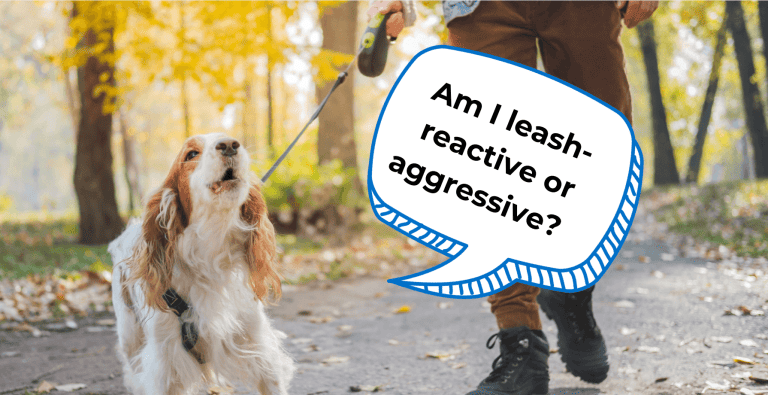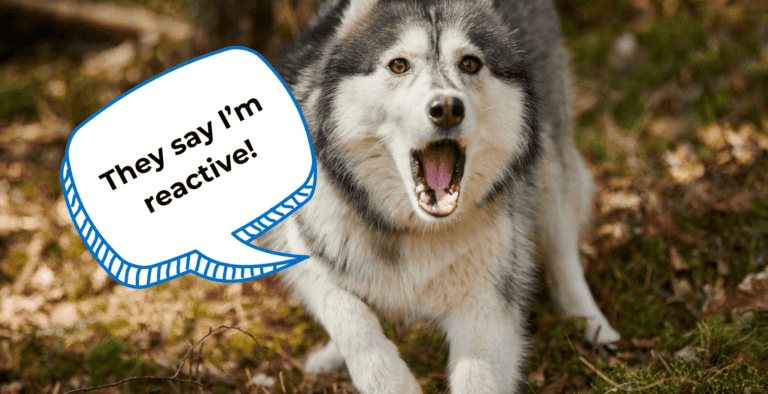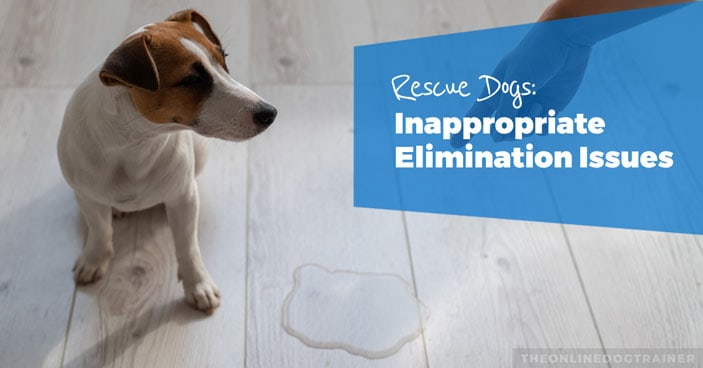
When you think about potty accidents in the house, you most likely picture a new puppy who is just learning where it’s appropriate to use the bathroom.
But, what happens when you bring home a two-year-old dog…or a six-year-old or a ten-year-old that you find out still uses your carpet as a spot to relieve themselves? This can become very problematic real fast!
After all, an older dog shouldn’t have the same issues as a puppy, right?
Well, the answer is yes and no. However, the good news is that this problem doesn’t have to last forever, and there are many logical reasons as to why it might be happening.
If you’re at your wit’s end with your rescue dog inappropriately eliminating inside your home, I want you to take a deep breath, then please, take the next 10 minutes to read this article as I will be sharing some information that can drastically help your situation.
Here’s what I recommend…
Make Sure Your Dog’s Elimination Issues Aren’t Caused by Medical Issues
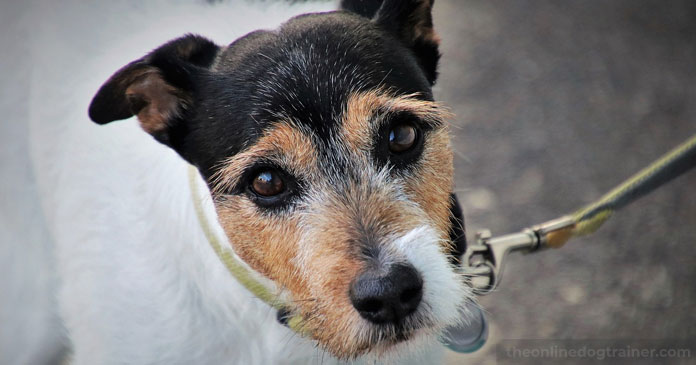
You’ve brought home an older dog who appears to be as healthy and strong as an ox. The rescue you adopted the dog from also claims that he/she has a clean bill of health, so your pup should be just fine, right?
Unfortunately, you can’t always know for sure.
I want to start by saying that I truly believe most rescues/shelters do their best to provide the best medical care for their animals. However, due to the number of animals in a shelter and the expense of medical care, some medical issues can be overlooked.
It’s your job as a dog parent to get your new canine companion into the vet as soon as you bring them home for a full medical exam. And, if you notice your dog is struggling to use the bathroom outside, you should definitely bring this up at your appointment.
Dogs are great at hiding their aches and pains…it’s how they survive in the wild. So it’s possible that a health problem may have gone undiagnosed.
For example, one of my colleagues named Ali adopted a beautiful cocker spaniel, named Clover, from a rescue. While Clover is a wonderful dog, Ali quickly noticed that she would have little pee accidents around the house and would even urinate on the couch and in her dog bed while she was sleeping.
Ali brought this issue up to her vet, and Clover was immediately tested for a urinary tract infection. It turns out Clover was given a clean bill of health at the rescue, but actually was suffering from a UTI that was causing her to have constant accidents.
After Clover was prescribed a painkiller and an antibiotic, the issue quickly resolved.
Before you get upset or discouraged with your dog, ALWAYS make sure there isn’t an underlying reason that your new rescue pup is struggling. From intestinal issues and food sensitivities to infections there are so many reasons a well-trained dog might be having accidents.
Educate Yourself on Submissive Elimination Issues
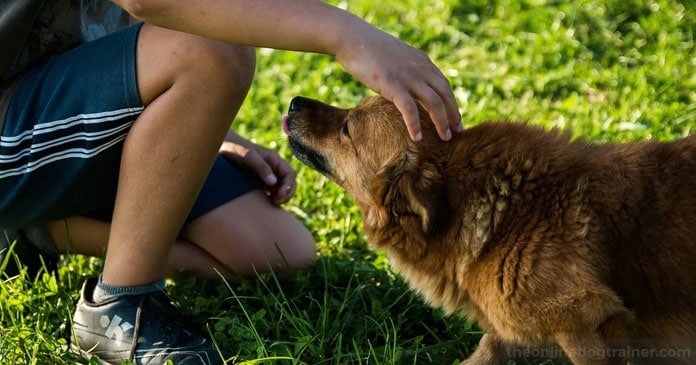
Some dogs tend to be bold and brave. Others are far more submissive and get nervous/scared around other dogs and humans.
Knowing what category your dog falls into is very important, as submissive elimination could be the reason your dog is having accidents. So what exactly is submissive elimination, and what causes it?
In the wild, dogs follow a natural pack order. This is an instinct that domesticated dogs still carry today.
While it might seem odd to us humans, when pack order is being established, submissive dogs will often roll on their backs and urinate on themselves to avoid being confronted by more dominant dogs in the pack.
If you have a submissive rescue dog, this behavior can be observed when the dog is being…
- Scolded.
- Loudly or quickly approached/greeted by someone.
- Picked up or pet by someone.
In some cases, loud noises or too much excitement in your home can also trigger this reaction.
How do you stop this behavior?
The biggest solution is proper training, and we’ll get into that in a moment. But the following tips can also be a huge help as you work to develop a healthy relationship with your rescue dog.
If your dog is a submissive eliminator, I recommend that you…
- Keep your pup’s environment as consistent as possible, eliminating loud noises and providing your pup with a safe space in which they can relax.
- Refrain from scolding/yelling at your pup, as this will only make them more nervous.
- Give your dog space and let your dog approach you as they feel comfortable.
- Keep your greetings low-key or ignore your dog after coming into the house after being away.
- Keep a consistent routine (feeding, walking, bathroom breaks) so that your dog gets comfortable following a schedule.
Establish a Kind, Gentle Training Routine

As I mentioned before, training is by far the most important part of helping your dog learn when and where it’s appropriate to use the bathroom.
Think about it…
It’s possible your rescue pup has lived outdoors their entire life so they have no clue that it’s a no-no to use the bathroom on the carpet. Or maybe they were locked in a room inside a house and had no other options.
Going back to the submissive peeing issue, a solid bond may have never been established between your dog and a human, and without this connection your pup might feel the need to pee out of fear or anxiety.
There are a million reasons why a dog might come into your home without proper potty-training habits. Regardless if your dog is two years old or fifteen years old, now is the perfect time to start training!
Why?
Two reasons…
- When you use a kind, gentle training method (like my Dog Calming Code), you can quickly form a relationship with your dog. This bond will help your pup look to you for guidance when it matters most. When your pup trusts you and loves you, he or she is more likely to follow your rules and will seek to please you.
- Basic potty-training skills are a must for all dogs for obvious reasons. It’s possible your dog has never been potty trained, so now is the perfect time to get started.
Instead of giving up on your dog, I encourage you to spend some time every day working on a training routine.
To get you started, I want to offer you my potty-training course absolutely FREE! While this course is geared toward puppies, it’s just as effective for older dogs who haven’t been trained.
Get started with my potty-training course here!
Then, to continue your training journey, I encourage you to check out my program, The Dog Calming Code.
In this program I provide EVERYTHING you need to build a solid relationship with your dog while also preventing and/or getting rid of dangerous and unpleasant behavioral issues such as…
- Aggression
- Leash pulling
- Barking
- Chewing
- Jumping
- And SO much more!
Learn more about the Dog Calming Code here!
Here’s to many happy, stain-free years with your new canine companion!

~Doggy Dan 🙂




